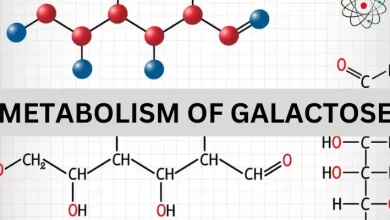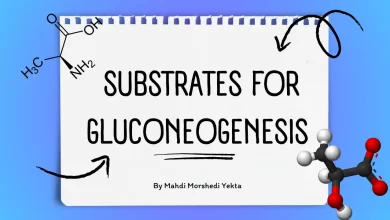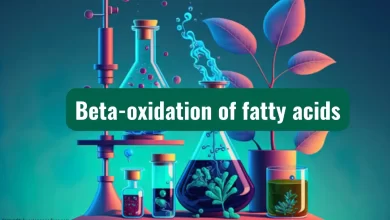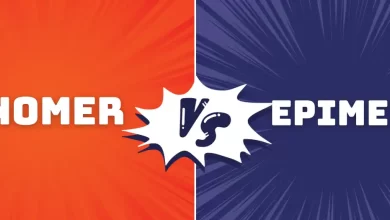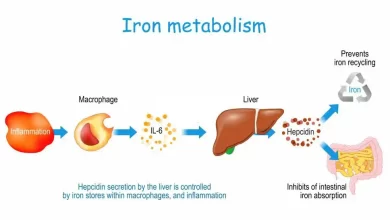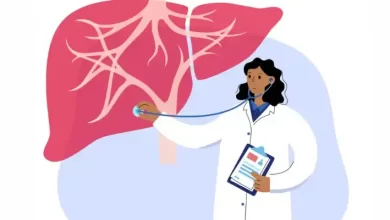Regarding fructose metabolism, it can be mentioned that fructose is a sugar present in sucrose because it is composed of glucose and fructose and is present in some fruits and honey. Its entry into the cells is not a mediator of insulin, and its increase cannot cause an increase in insulin secretion.
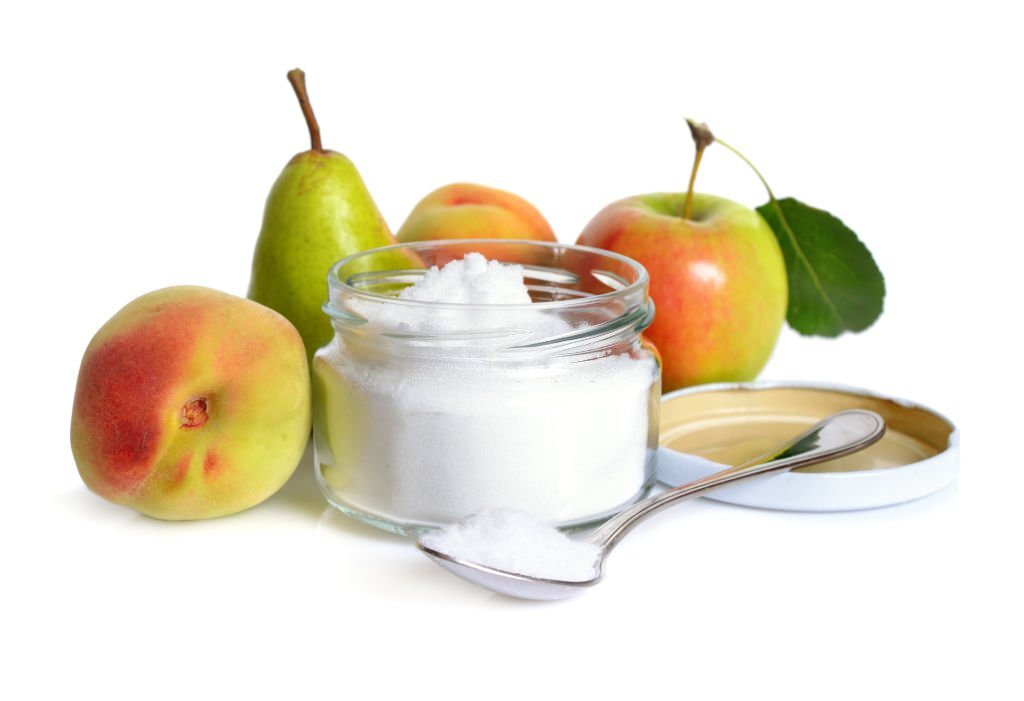
Fructose can burn faster than glucose because the key enzyme
bypasses phosphofructokinase. It means that it can take another path that this key enzyme is on its way, not so it can burn better than glucose.
When fructose is burned in the liver, it can increase fatty acid synthesis and esterification of fatty acids.
Increase: That is, fatty acids go to esterification pathways, and as a result, triglycerides can be produced
at a high. It can also increase the secretion of VLDL from the liver and ultimately increase LDL cholesterol. All these increases in triglycerides, fatty acids, VLDL, and LDL benefit humans. It is not and causes unique problems for humans, Especially cardiovascular issues.
Conversion of fructose to glucose:
Fructose, under the action of fructokinase, which consumes an ATP, to fructose 1-phosphate (Fructose 1-phosphate), Becomes. Now, the fructose 1-phosphate produced is under the effect of Aldolase B.
Reminder: In glycolysis, we mentioned that glucose turns into glucose-6-phosphate, glucose-6-phosphate turns into Fructose 6-phosphate, and fructose 6-phosphate to fructose one and 6-diphosphate and we said fructose one and 6-diphosphate under the effect Aldolase A is converted into two 3-carbon substances, phosphoglyceraldehyde, and dihydroxy acetone phosphate.
In glycolysis, we had fructose one and 6-diphosphate, which means fructose on carbon Number 1 and zinc carbon number 6 have phosphate. Therefore, each of these phosphates enters one of the 3-carbon compounds. However, we have fructose 1-phosphate, which means our fructose has a phosphate on carbon number 1. This phosphate enters Dihydroxyacetone phosphate, and glyceraldehyde is obtained.
Glyceraldehyde is under the action of a kinase enzyme. We can convert it to Glyceraldehyde 3-phosphate. DihydroxyacetonePhosphate and Glyceraldehyde 3-phosphate mediate the glycolysis pathway, which can act in a photo or act. Perform gluconeogenesis and turn into fructose-6-phosphate and then turn into glucose-6-phosphate and then turn into glucosebecome. Therefore, fructose is converted to glucose.
Therefore, fructose is first converted into fructose 1-phosphate under fructokinase and then into two 3-carbon bodies, dihydroxyacetone phosphate and glyceraldehyde. Glyceraldehyde can be converted to glyceraldehyde 3-phosphate to be Dihydroxyacetone phosphate, and glyceraldehyde 3-phosphate can burn in the glycolysis pathway or reverse the path. Go through glycolysis and turn into glucose.
So we say again that fructose is converted into fructose 1-phosphate under the effect of fructokinase and by consuming ATP.
Fructose 1-phosphate under the effect of Aldolase B into 3-carbon doublet, dihydroxyacetone phosphate, and -D glyceraldehyde Becomes. -D glyceraldehyde can be converted to glyceraldehyde 3-phosphate under the effect of kinase. Glaser now Aldehyde 3-phosphate with dihydroxyacetone phosphate can give fructose 1- and 6-diphosphate, followed by fructose 6-phosphate and glucose, which provide 6-phosphate and turn into glucose. Glucose can also enter the glycogen structure or itself. The resulting glucose 6-phosphate can enter the glycogen structure.
Now, if we have a defect in the enzyme fructokinase, that is, the enzyme that converts fructose into fructose 1-phosphate, In this case, we get a disease called essential fructose urea; It means basic fructose, so fructose in Blood accumulates and is excreted through urine and does not cause many symptoms and can be cause hypoglycemia because fructose is supposed to be converted to glucose. However, the signs of this essential fructose urea Are not very indicative.
But if we have a defect in Aldolase B, we get a disease called hereditary fructose intolerance. when
Aldolase B is defective; we cannot convert 1-fructose-phosphate into two 3-carbon bodies and let them go through pathways and produce glucose.
So, we suffer from hypoglycemia; that is, we suffer from a decrease in sugar. We bleed because we could not convert fructose into glucose. On the other hand, fructose 1_phosphate accumulates and is found to inhibit glycogen phosphorylase, and glycogen phosphorylase is an enzyme that breaks down glycogen and turns glucose into a phosphate. Therefore, fructose itself cannot be converted into glucose, and fructose 1-phosphate, which has accumulated, inhibits the glycogen phosphorylase enzyme and makes it challenging to convert glycogen into glucose.
Slow. So this is how we can have severe hypoglycemia; Hypoglycemia is more potent than that
to have fructokinase enzyme deficiency. Now, this accumulated fructose can accumulate in the liver
slowly and cause liver problems, can cause eye problems, or get in the brain slowly and cause brain problems. Liver problems are indicative problems, and these people have defects
They become liver, have some problems in excreting bilirubin, and the whites of the eyes turn yellow.
On the other hand, they also suffer from digestive problems, eating, and diarrhea. Accumulation of fructose in tissues of Different bodies causes issues.
